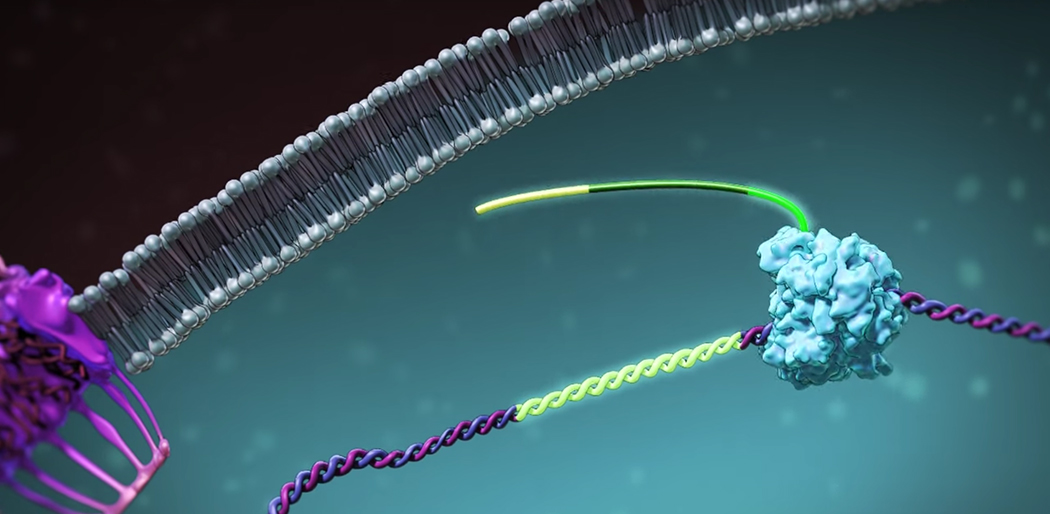Flexible target discovery platform

Watch the video on our YouTube channel
Our target discovery platform provides a significant and substantial competitive advantage as it:
- closely mimics the in vivo situation through the use of primary human cells with relevant trigger and readout for a specific disease phenotype
- identifies possible points to intervene in a disease pathway by knocking down an individual protein in these pathways; and
- enables us to rapidly analyze all of the druggable genes and select pharmaceutically tractable protein targets directly by their ability to regulate key disease biology
A proof of success of this unique approach is demonstrated with filgotinib which acts on JAK1, a target whose role in the specific disease was discovered by us using our discovery platform. Further proof of this approach was shown in 2017 with autotaxin inhibitor GLPG1690 in IPF patients.
The human genome consists of tens of thousands of genes which code for the proteins that make up the human body. Nearly all chronic diseases and disorders are caused by a disruption in the normal function of certain proteins. The main goal of the industry is to discover and develop molecules that alter the activity of these proteins so that normal function returns and the cause of the disease is minimized or eliminated. One of the main obstacles in discovering new drugs is to understand exactly which of the body’s tens of thousands of proteins play a key role in a particular disease. Once these proteins are discovered, they become targets for drug design. Finding these targets is one of the critical steps in the drug discovery process. Our approach to target discovery is unique as our discovery platform focuses on target identification using primary human cells, which we believe provides a good system to study the effect that a protein might have on the disease in the human body.
In order to study proteins in human cells, we take advantage of the distinctive properties of adenoviruses. Adenovirus is the virus that causes the common cold and has the capability to infect almost every type of human cell. The adenoviruses we work with have been engineered to act as a shuttle vehicle, allowing the delivery of specific pieces of DNA into human cells. Additionally, these viruses have been made replication incompetent, meaning they do not replicate in the human cell they infect, and so do not interfere with the processes in the cell. We engineered the viruses to carry small pieces of DNA, specific for individual human genes. When the virus enters the cell, this DNA piece leads to the production of a short sequence of RNA that is processed in the cell to become “short interfering RNA,” or siRNA, which specifically interferes with the mRNA of the protein it was designed for. By using these viruses, we can cause the cells to block, or “knock-down,” the production of a certain protein, mimicking what a small molecule drug does in the human body. We built a collection with these adenoviruses, now in excess of 20,000 viruses, that addresses around 6,000 druggable genes.
Our drug discovery research is based on the targets discovered using this technology. Once a target is validated, it is tested against large collections of chemical small molecules to identify chemical structures that interact with the target and block or activate protein production. These chemical structures are then optimized to obtain “drug-like” characteristics followed by testing of the product candidate in the clinic.
This discovery approach provides starting points for the discovery and development of drugs with new modes of action. Since 2009, we have generated 44 preclinical candidates. Of these, 22 have entered first-in-human clinical development, 16 of which have novel modes of action, and 12 entered into patient studies.
In addition to our pipeline of molecules in the clinic, we have multiple discovery programs which are advancing toward clinical development. Further to targets and molecules in RA, IBD, and fibrosis, we are exploring new modes of action in AS, PsA, IBD, AtD, lupus, IPF, SSc, nonalcoholic steatohepatitis, type 2 diabetes, hepatitis B, osteoarthritis and polycystic kidney disease.